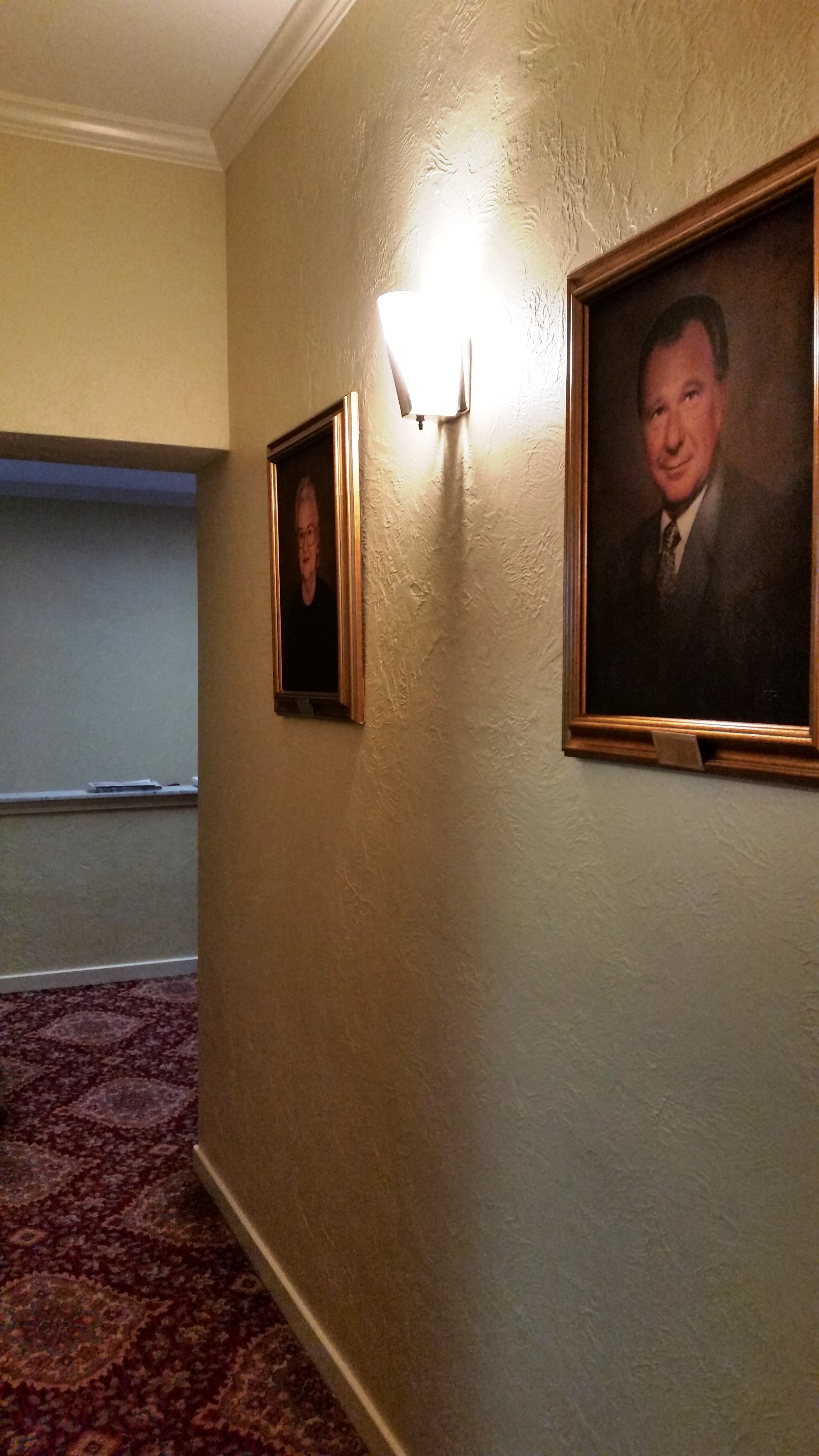Table of Content
The continued health and safety of hotel guests is of the highest priority for hotels. Hotels with an Clean & Safe label have demonstrated enhanced protective measures to help mitigate the spread of COVID-19 within their properties. Depending on the plan level , there may be separate calculations due to plans’ varying actuarial value. Actuarial value is the total average of costs for covered benefits. For example, if a plan has an actuarial value of 80%, it means the enrollee is responsible for the remaining 20% of costs on all covered benefits. This model uses a concurrent model, using current year data to predict this year’s costs, unlike the CMS-HCC that uses prospective modeling.
As defined by the Centers for Medicare and Medicaid Services , risk adjustment predicts the future health care expenditures of individuals based on diagnoses and demographics. Risk adjustment modifies payments to all insurers based on an expectation of what the patient's care will cost. For example, a patient with type 2 diabetes and high blood pressure merits a higher set payment than a healthy patient, for example. Risk-adjusted outcome measures are identified in theHome Health Outcome Measures Table that is available in theDownloadssection below. The risk adjustment methodology, using a predictive model developed specifically for each measure, compensates for differences in the patient population served by different home health agencies. In addition to the issues identified above, an agency-level HCC measure is impractical for use in national implementation, given that the CAHPS surveys collect deidentified data.
Potentially Preventable Readmissions Claims-Based …
OASIS-based measures are created using counts of HH quality episodes and can be either process our outcomes measures. OASIS-based process measures are not risk-adjusted show how often home health agencies gave recommended care or treatments that research shows get the best results for most patients. OASIS-based outcome measures are risk adjusted using available OASIS-based data elements. Chen et al performed risk adjustment using agency-level, not person-level, CMS Hierarchical Condition Category risk scores. In theory, for use in national implementation, we believe that an agency-level HCC risk adjustment measure presents at least 2 construct validity issues.
They’re part of the standard ICD-10 coding system used in healthcare — which assigns codes to every diagnosis based on many factors like severity, location, and condition. Unlike the outcome measures, process measures are not risk-adjusted. Risk adjustment is not considered to be necessary for process measures because the processes being measured are appropriate for all patients included in the denominator . For a list of home health outcome measures, please refer to the Home Health Outcome Measures Table, which can be located via the link for Home Health Measures Tables in theDownloadssection below.
Health
We are in the process of retroactively making some documents accessible. If you need assistance accessing an accessible version of this document, please reach out to the At HRS you have the option of sorting the hotels according to their distance from the center and choosing the right hotel for you. Star ratings are based on a self-evaluation by the hotel as well as the experiences of HRS and HRS customers.
Among the updates made were the removal of M1242 , M2200 , M1030 (IV Therapies, and M2030 from all risk models for improvement outcomes. We are happy to report that these updates will be deployed to all applicable SHP reports in late July/early August 2021. Since risk adjustment is a calculation that takes into account both demographics and the severity of an enrollee’s diagnosis, HCCs will have more of an impact on premiums than ever before. HCCs with lower numbers are higher in severity on the scale and thus would raise someone’s risk score. For example, diabetes that is well-managed with no complications would have an HCC of 19, while diabetes in full ketoacidosis would be an HCC 17, which is more severe than the 19. These numbers, paired with the demographic information, would determine how much risk adjustment is necessary for this enrollee. This measure assesses the Medicare spending of a home health agency, compared to the average Medicare spending of home health agencies nationally for the same performance period.
Michigan Medicaid health plans through Priority Health
All diagnosis codes are organized into 805 diagnostics groups, which are then organized into 189 conditional categories for a broad picture view. Hierarchies are applied to every major category and count only the highest cost diagnosis. For example, if someone had two conditions under the cardiovascular category, the higher cost condition would be counted. HHS is committed to making its websites and documents accessible to the widest possible audience, including individuals with disabilities.
The health risk formula uses variables that include age, gender, previous health history, and the presence of acute, status, and chronic conditions that are documented annually in a member's chart. It’s a complex system that plans and providers need to have a plan for in order to create budgets properly, adjust plan coverage, and give enrollees the best possible care options. The Ōmcare Home Health Hub allows plans and providers to manage their risk by capturing RAFs over telehealth visits and ensures medication assistance, leading to healthier outcomes. To understand risk adjustment, you first need to know how it is calculated.
Green Stay provides travelers with a welldefined global standard for the comparison of the ecological sustainability of hotels. This makes it easier to make an environmentally friendly booking decision. This model includes 127 out of the 189 conditional categories that best predict expenses, focusing more on chronic diseases. They use an additive model where multiple categories can be added together to determine risk. Hierarchies are applied so that only the most severe or highest cost diagnosis is counted in each category—similar to the CDPS model. There are 20 hierarchical categories of diagnoses that group them by body system or diagnosis type.

This page contains brief descriptions of each measure type and how the data for that measure is calculated. TheDownloadssection below provides links to technical documentation, tables identifying which Home Health Quality Measures are risk-adjusted and reported publicly, and additional resources. The method that the Center for Medicare and Medicaid Services uses to adjust payments to health plans for both commercial and Medicare plan members depends on accurately capturing claim diagnosis codes affiliated with an HCC . By risk adjusting plan payments, CMS can make accurate payments to health plans for enrollees with differences in expected medical costs.
This webinar will dig into the specific changes that were made to the risk models and how these updates may impact your scores. Risk adjustment is one tool that helps determine insurance eligibility and premiums, as well as reimbursements for providers. It allows insurance providers to compare members and determine which ones have higher risks of developing certain conditions or require more care than others. This information can then be used by regulators for setting appropriate reimbursement rates for different providers. Complete, accurate and timely submission of encounter/claims data is essential to capture chronic and acute conditions. Early in 2021, CMS released a number of updates to the risk-models for all Home Health Improvement outcomes.

All the potentially avoidable event measures are adjusted for variation in patient characteristics. CMS usually updates the HH QRP claims-based measure results every year. However, due to the COVID-19 Public Health Emergency HHQRP data submission requirements for the Q4 2019, Q1 2020, and Q quarters were exempted. The missing data for Q and Q will impact what is displayed on Care Compare; therefore, public reporting of home health agencies' data will freeze after the October 2020 refresh. This means that following the October 2020 refresh, the data publicly reported will be held constant for all refreshes in 2021, including October 2021.
These include measures pertaining to all or most home care patients, such as timeliness of home care admission. Health plans use special algorithms paired with patient RAF scores to predict costs. Patients with multiple chronic conditions would have a higher RAF score, thus likely having more healthcare needs with higher costs.
Special issues addressed in the CAHPS survey of Medicare managed care beneficiaries. The first home health claim that starts an episode of care for a patient, and, as appropriate, the claim for the period after discharge. For more information about these process measures, please refer to the Home Health Process Measures Table, which can be located via the link to Home Health Measures Tables in theDownloadssection below. Technical documentation for calculating process measures can be accessed via the link to Technical Documentation of OASIS-Based Measures in theDownloadssection below. Provide training and guidance to clients and other teams on all facets of the Risk Adjustment process, from initial data capture at point-of-care, through acceptance to CMS, and successfully validated through audit.

















